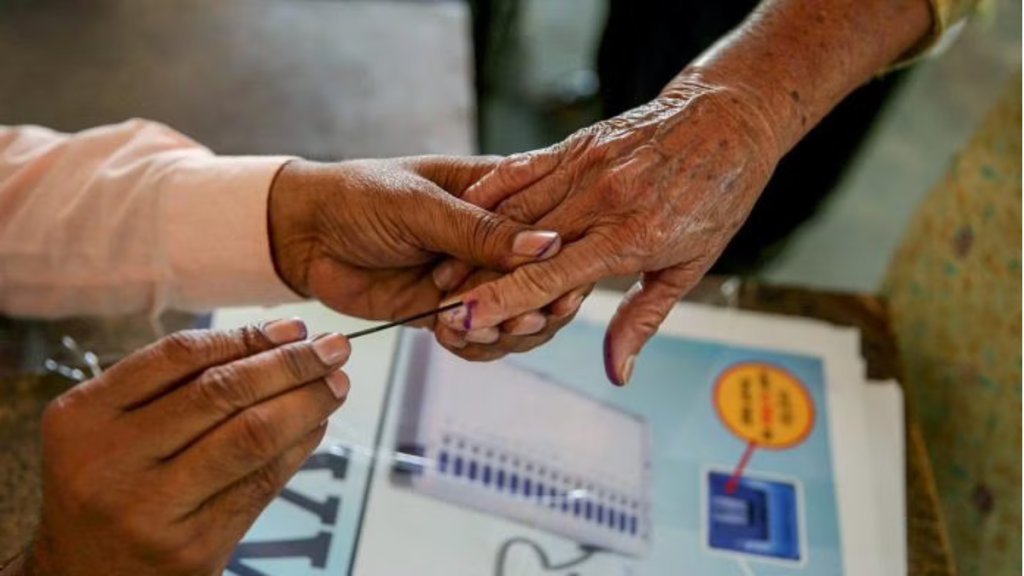In the evolving discourse on India’s electoral landscape, the Special Intensive Revision (SIR) of voter rolls and the One Nation One Election (ONOE) proposal continue to stir controversy. As of July 13, 2025, with Bihar’s SIR exercise nearing its July 25 deadline amid legal challenges, discussions have intensified about a potential nationwide rollout. Critics argue this could enable election delays, citing incomplete processes as a pretext to postpone polls in states nearing their terms and advance them in others. Meanwhile, ONOE faces scrutiny for its handling of contingencies like legislator deaths or coalition breakdowns. Adding a layer of intrigue is the speculative narrative that ONOE could serve as a “rehabilitation” mechanism for Prime Minister Narendra Modi, potentially paving the way for his transition to the presidency amid age-related retirement debates.
Nationwide SIR Rollout
A Tool for Delaying Elections?
The Election Commission of India initiated SIR in Bihar in June 2025, requiring voters registered post-2003 to submit detailed proofs for verification, excluding Aadhaar. With over 80% of enumeration forms collected and additional booth-level officers deployed, the ECI asserts the process is on track to ensure accurate rolls ahead of Bihar’s November assembly elections
However, opposition from parties like Congress and petitions in the Supreme Court highlight concerns of disenfranchisement, with the court urging acceptance of alternative documents like EPIC or ration cards.
Recent reports indicate the ECI’s intent to extend SIR nationwide, with chief electoral officers publishing prior revision data and preparations underway in states like West Bengal. Draft rolls are slated for publication on August 1, 2025, per ECI guidelines. Congress has slammed this as a move that could erode trust, alleging ECI bias toward the ruling Bharatiya Janata Party.
Could an incomplete nationwide SIR justify delaying elections? While no explicit legal precedent ties SIR directly to postponements, the Constitution empowers the ECI to manage rolls under the Representation of the People Act, 1950. If rolls are deemed unreliable, elections might be deferred to uphold integrity, though this remains untested.
Critics speculate that in states with impending polls – like Haryana, Maharashtra, and Jharkhand – the government could invoke SIR delays to impose temporary holds, potentially leading to President’s rule under Article 356 if governance falters.
Conversely, in states not due for elections, early polls could be advanced to align with ONOE timelines. Supporters dismiss this as baseless, emphasising SIR’s role in preventing fraud, but the timing – amid ONOE pushes – fuels suspicions of strategic synchronisation.
ONOE’s Inherent Flaws
Handling Unforeseen Disruptions
ONOE, approved by the Cabinet in December 2024 and now under Joint Parliamentary Committee review, seeks to hold simultaneous Lok Sabha and state assembly elections by 2029. Proponents cite efficiency, cost savings, and reduced disruptions, noting synchronised polls until 1967. However, detractors label it flawed, particularly in managing mid-term contingencies.
Consider the death of a legislator or parliamentarian: Under current laws, by-elections fill vacancies within six months. In an ONOE framework, this could disrupt synchronisation without necessitating full re-elections, but repeated by-elections might undermine the system’s efficiency.
More critically, coalition dissolutions or no-confidence motions pose challenges. The proposed bill allows premature dissolution of an assembly, triggering elections only for the affected state, with the new term truncated to align with the next national cycle, potentially shortening tenures to as little as two-and-a-half years.
Critics argue this incentivises instability, as parties might force early dissolutions to reset terms, eroding federalism and voter accountability. Opposition voices, including from regional parties, warn that ONOE nationalises local issues, favouring dominant national outfits like the BJP while marginalising state-specific concerns.
Logistical hurdles, such as ECI capacity and constitutional amendments requiring state ratifications, further complicate implementation. Empirical evidence from past synchronised eras shows benefits in turnout but risks in governance continuity.
ONOE as Modi’s ‘Rehabilitation Program’
A Speculative Scenario
The idea that ONOE rehabilitates Modi politically gains traction amid his approaching 75th birthday on September 17, 2025. BJP’s informal “75-year rule” – which sidelined veterans like L.K. Advani, Murli Manohar Joshi, and Jaswant Singh – has been selectively applied, with Modi exempted as per party clarifications. Recent remarks by RSS chief Mohan Bhagwat, emphasising retirement at 75 to make way for youth, have reignited speculation about Modi’s future, though BJP leaders insist he will continue till 2029.
A fringe theory posits Modi resigning as PM, citing age and his own rule, to seek nomination as President – saving face while leveraging ONOE or SIR delays to impose President’s rule in states with deferred elections.
With nearly half the states potentially facing polls in the next cycle, delays could trigger Article 356, suspending state governments and centralising power under the President. As President, Modi could ostensibly “rule” these states indirectly, rehabilitating his influence post-PM tenure.
However, this remains an unsubstantiated conjecture. No credible reports link Modi to presidential ambitions, and the BJP denies retirement rumours.
ONOE’s framework addresses premature dissolutions without mandating widespread President’s rule, and extensions beyond a year require national emergency or ECI certification – high bars unlikely to be met by SIR alone. Opposition figures like Arvind Kejriwal and Sanjay Raut amplify such narratives for political mileage, but they lack empirical backing.


